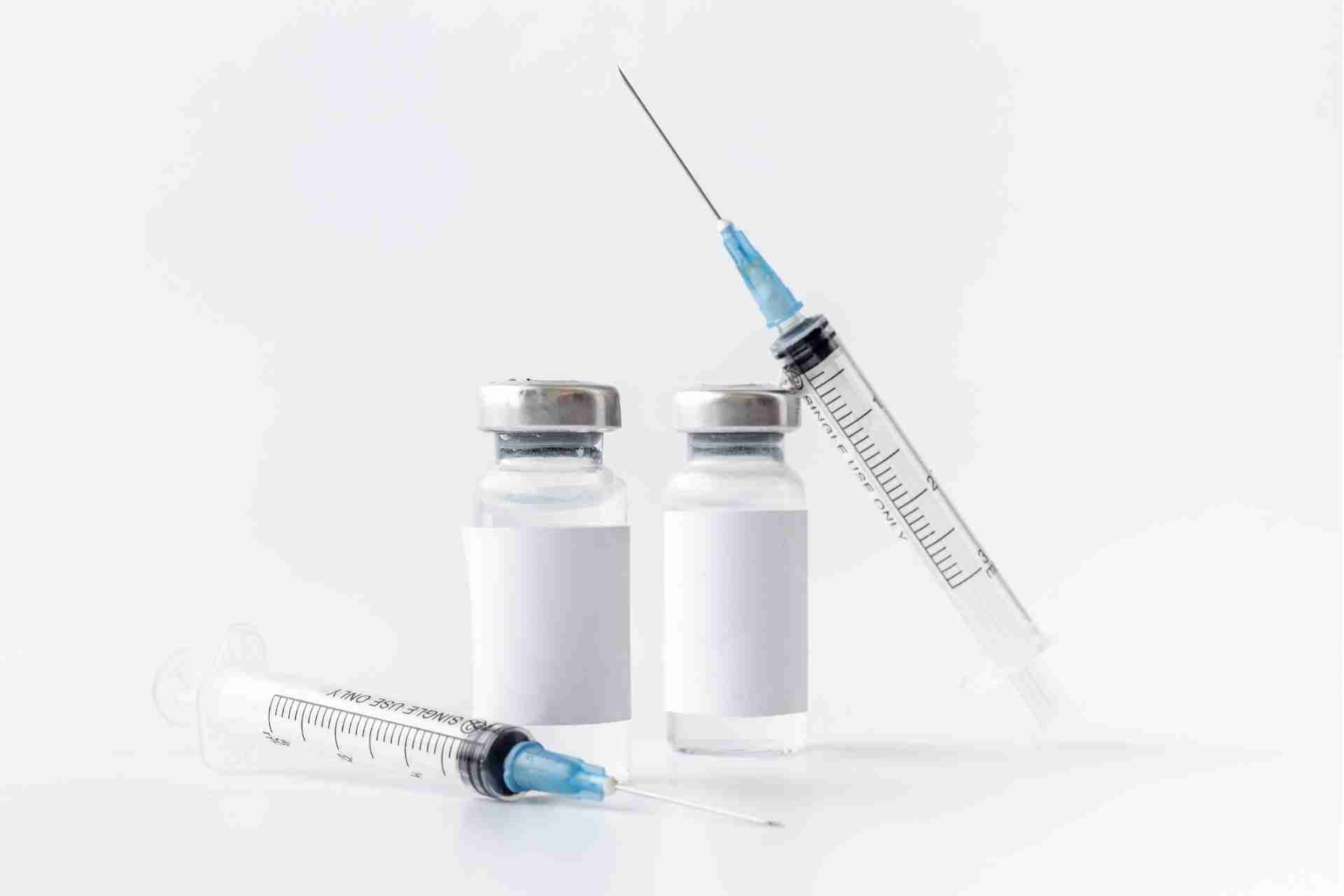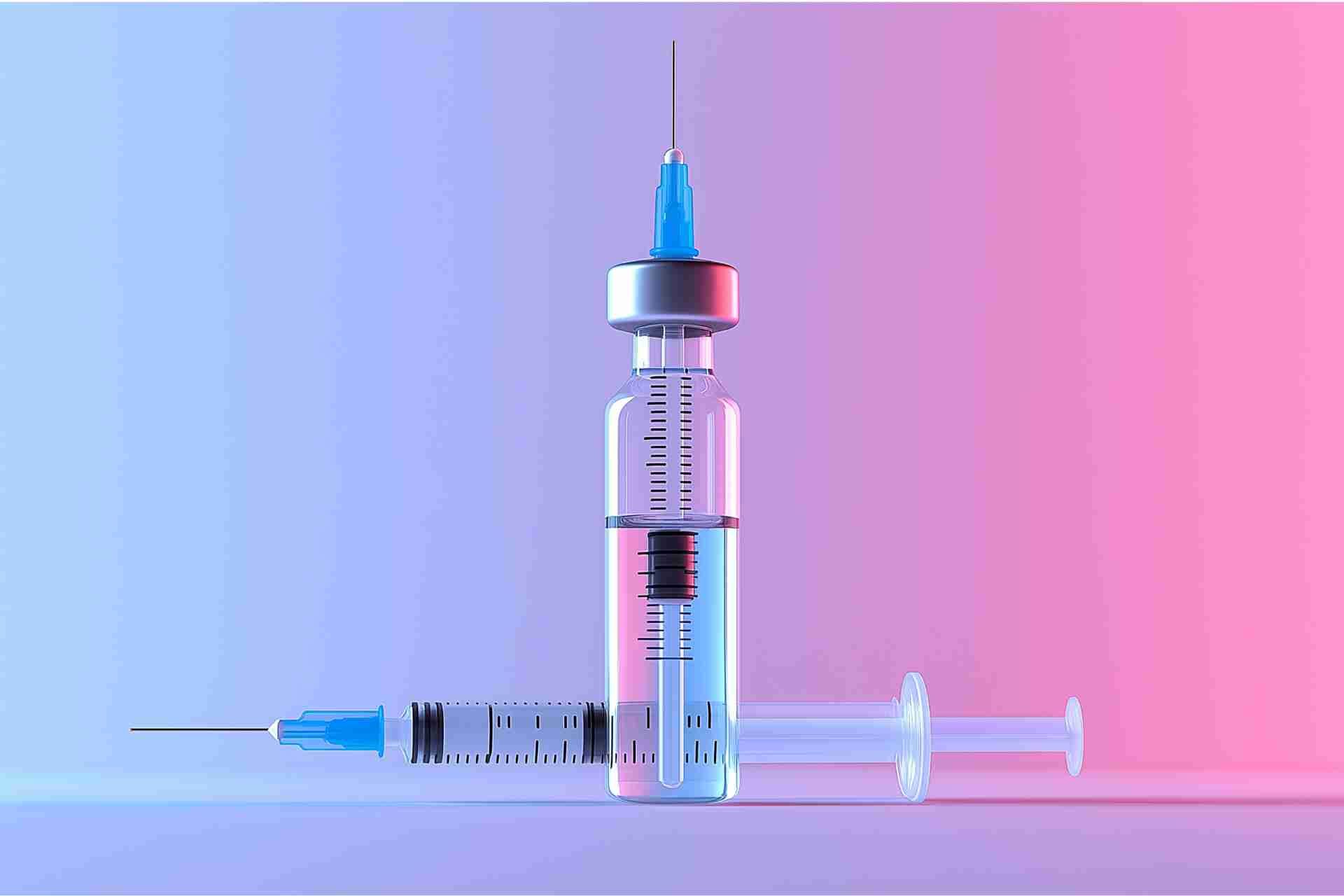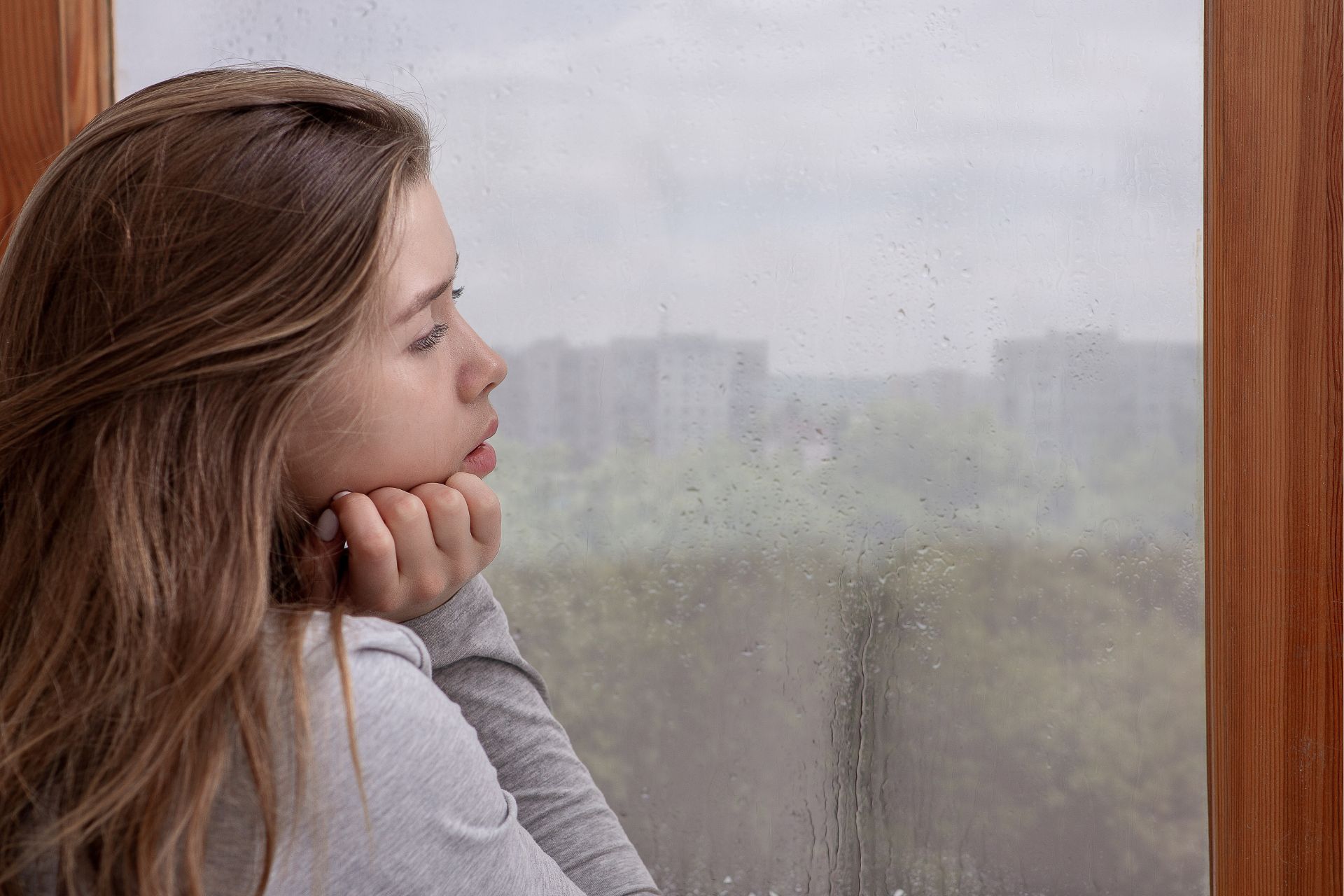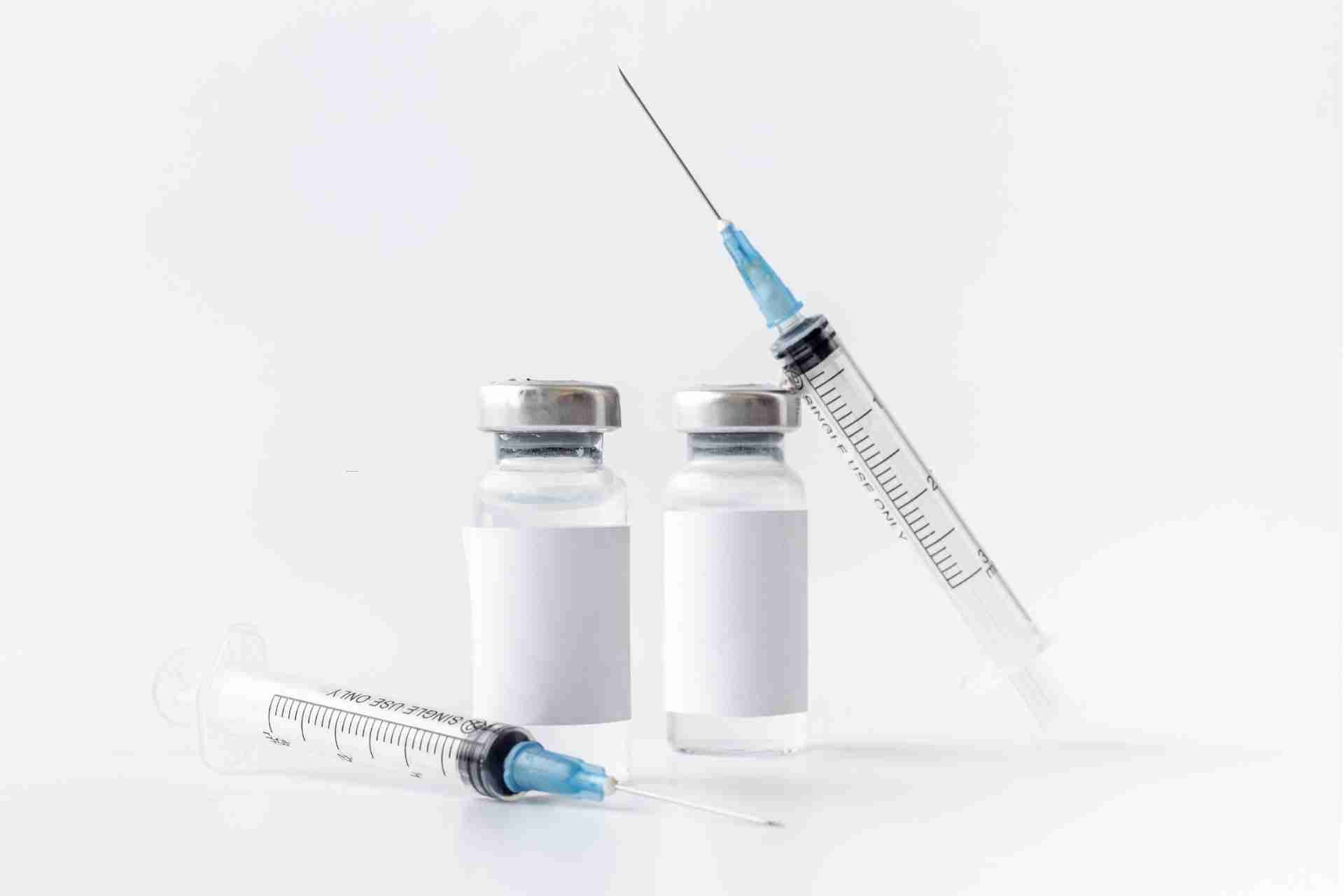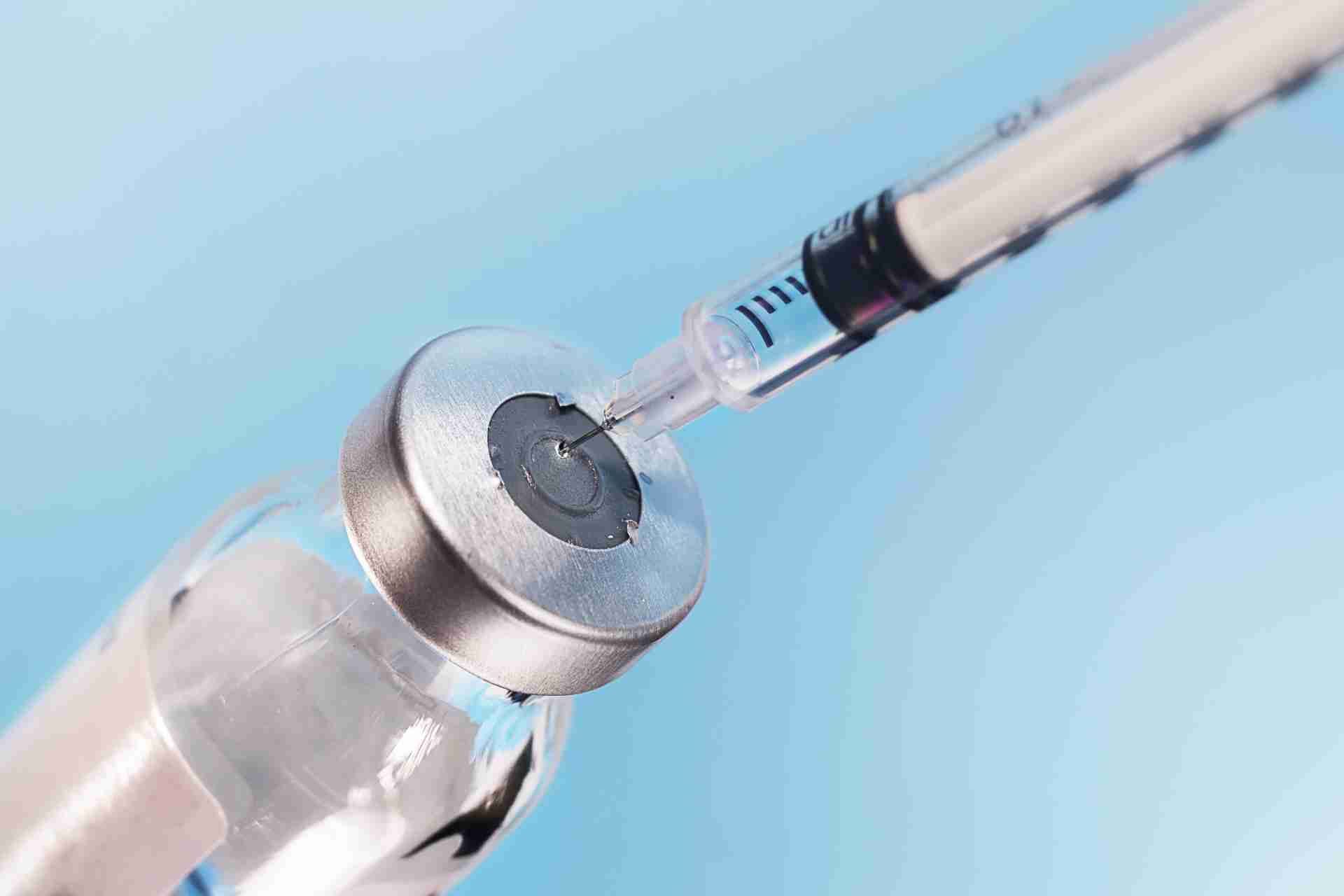Tips for Dealing with Seasonal Depression
As the winter months approach and the days become shorter and colder, many people may experience a shift in their mood and overall well-being. Seasonal depression, also known as seasonal affective disorder (SAD), is a type of depression that occurs at a specific time of year, typically during the fall and winter months.
This phenomenon, known as seasonal depression or seasonal affective disorder (SAD), can make it difficult to navigate daily life and can have a significant on our mental health.
Dealing with seasonal depression can be challenging, but there are several strategies that can help manage and alleviate symptoms. Here are some tips for dealing with seasonal depression.
Causes of Seasonal Depression
One of the primary causes of seasonal depression is the decrease in sunlight exposure during the winter months. Sunlight plays a crucial role in regulating our body's internal clock and the production of important neurotransmitters like serotonin and melatonin. When sunlight is scarce, our bodies may produce less serotonin, which can lead to feelings of depression and low mood. Additionally, the lack of sunlight can disrupt our circadian rhythm, making it harder to fall asleep and wake up, further exacerbating feelings of depression and fatigue.
Another factor that may contribute to seasonal depression is the change in weather and temperature. Cold, dreary weather can make it difficult to engage in outdoor activities and exercise, which are known to boost mood and energy levels. Additionally, the winter months often bring holiday stress and increased social isolation, which can also contribute to feelings of depression and loneliness.
Genetics may also play a role in seasonal depression, as some individuals may be more predisposed to developing this condition due to their family history. Hormonal changes, particularly in women, may also contribute to seasonal depression, as fluctuations in estrogen and progesterone levels can impact mood and energy levels.
Symptoms of Seasonal Depression
Symptoms of seasonal depression can vary from person to person, but some common signs to look out for include:
1. Persistent feelings of sadness or hopelessness
2. Increased irritability or agitation
3. Changes in appetite or weight
4. Difficulty concentrating or making decisions
5. Fatigue or lack of energy
6. Withdrawal from social activities and relationships
7. Insomnia or oversleeping
8. Loss of interest in activities once enjoyed
9. Physical symptoms such as headaches, stomachaches, or muscle aches
If you notice any of these symptoms in yourself or a loved one, it is important to seek help from a mental health professional. Seasonal depression is a treatable condition, and there are a variety of therapies and interventions available to help manage the symptoms.
Diagnosis of Seasonal Depression
Diagnosing seasonal depression typically involves a thorough evaluation, including a discussion of symptoms and a review of medical history. Often, a healthcare provider will also utilize standardized questionnaires or screening tools to assess the severity of symptoms and the impact on daily functioning.
In some cases, a healthcare provider may recommend additional testing, such as bloodwork or a physical exam, to rule out other medical conditions that may be contributing to the symptoms.
Once a diagnosis is confirmed, treatment options for seasonal depression may include therapy, medication, light therapy, and lifestyle changes. It's important to work closely with a healthcare provider to develop a personalized treatment plan that addresses individual needs and goals.
Tips for Dealing with Seasonal Depression
Get outside
One of the main factors contributing to seasonal depression is the lack of sunlight during the winter months. Make an effort to spend time outside during the day, even if it’s just for a short walk or to sit by a window. Natural light can help boost your mood and energy levels.
Stay active
Regular exercise is one of the most effective ways to improve your mood and overall well-being. Try to incorporate physical activity into your daily routine, whether it’s going for a run, taking a fitness class, or practicing yoga.
Establish a routine
Creating a daily routine can help provide structure and stability, which can be beneficial for managing symptoms of depression. Try to set regular meal times, bedtime, and wake-up times to establish a sense of normalcy.
Practice self-care
Taking care of yourself is essential for managing seasonal depression. Make time for activities that bring you joy and relaxation, such as reading, taking a bath, or practicing mindfulness meditation.
Consider light therapy
Light therapy, also known as phototherapy, involves sitting in front of a light box that emits bright light similar to natural sunlight. This treatment has been shown to be effective in alleviating symptoms of seasonal depression for many people.
Focus on nutrition
Eating a healthy, balanced diet can have a positive impact on your mental health. Try to incorporate fruits, vegetables, whole grains, and lean proteins into your meals and limit your intake of processed foods and sugary snacks.
Seek support
It’s important to reach out to friends, family, or a therapist if you’re struggling with seasonal depression. Talking about your feelings and seeking support can help you feel less alone and provide you with valuable coping strategies.
If you're struggling with seasonal depression, don't hesitate to reach out to
Alternative Pathways for support. Their team of experienced therapists and practitioners can help you develop a personalized treatment plan to address your specific needs and improve your mental health. Remember, you don't have to suffer in silence – help is available, and you deserve to feel your best all year round.

